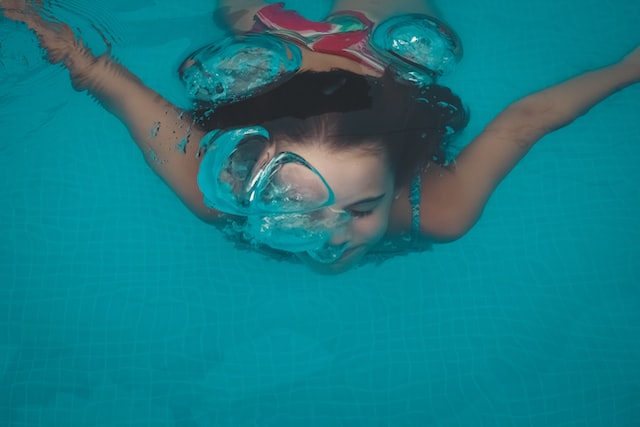The Water Survival Skills all Infants and Children Should be Taught

The Water Survival Skills all Infants and Children Should be Taught
Sponsored post
As we move into spring here in Australia and the weather begins to warm up, the time many of us spend in and around water increases. For this reason, it’s important for children not only to learn to swim, but also learn water survival skills. Whilst it’s true that all children should always be supervised around water, arming your child with the skills to save themselves, in the event they’re in a life-threatening situation, is worth investing time in. Most parents, however, do not have the knowledge or training to teach their child adequate skills in the water, so enrolling your child in a swim school that specialises in survival skills such as Paul Sadlers Swimland can be invaluable to educating your child about safety and survival in and around water.
Swimming lessons can begin for babies as young as 4 months of age. Right from the very first lesson, they focus on safety and roll over floating. Babies have a natural ability to float and should be given the opportunity to learn and practice a roll over recovery, as this could buy them crucial seconds or even minutes should they ever accidentally fall in. In addition to floating, infants and children are taught safety grips, various entry and recovery techniques, safety circles and treading water skills.
Rise to the Surface
Whilst many children may initially be uncertain about putting their head underwater, increasing their confidence in a fun and safe environment is so important. Toddlers and young children are very buoyant and when relaxed, will naturally return to the surface of the water. Children need to learn to jump or step into water over their heads, and bob back up and lift their heads, so they can feel the water return them to the surface.
Treading Water
At Paul Sadler Swimland the pools are specially designed to have a deep end that children are unable to stand up in. Each swimming lesson includes a minimum of 10 minutes in the deep end, where the children are taught skills such as treading water, deep water recovery (safety circle) and mobility on front and back, until children have achieved two minutes unaided treading water. Children who are confident and calm in a dangerous situation are more likely to be able to tread water more effectively, so regular practice of this skill is invaluable.
Turning Back to Safety to Exit
Learning how to enter, return and recover in the water is another excellent survival skill for children to learn. This will help them to find their way back to the wall/boat/parent/safety if they fall in. This skill can be taught from a very young age and at Paul Sadler Swimland is taught from 8 months old.
Mobility on Front and Back
Children don’t need to be expert swimmers to get to safety, they just need to be able to enter the water, recover, tread water to get oriented and then move through the water either on their front or their back to get to the nearest safe exit. The ability to move from a vertical position to horizontal position in the water is an important skill.
Climb to Exit
Once your child reaches a wall/position to safely exit, they are encouraged to be able to exit the water independently so they can exit the water even if they aren’t in the vicinity of a ladder. Children that are old enough should be taught to pull themselves up onto the side of the pool using their hands to pull their elbows up onto the edge, then get one leg up, followed by their belly and their other leg.
Regular swimming lessons with a trained swimming teacher can help your child develop these skills and learn more about water safety, regardless of their current skill level, in a fun and relaxed environment. Visit Paul Sadler’s Swimland website to find a Centre near you.










